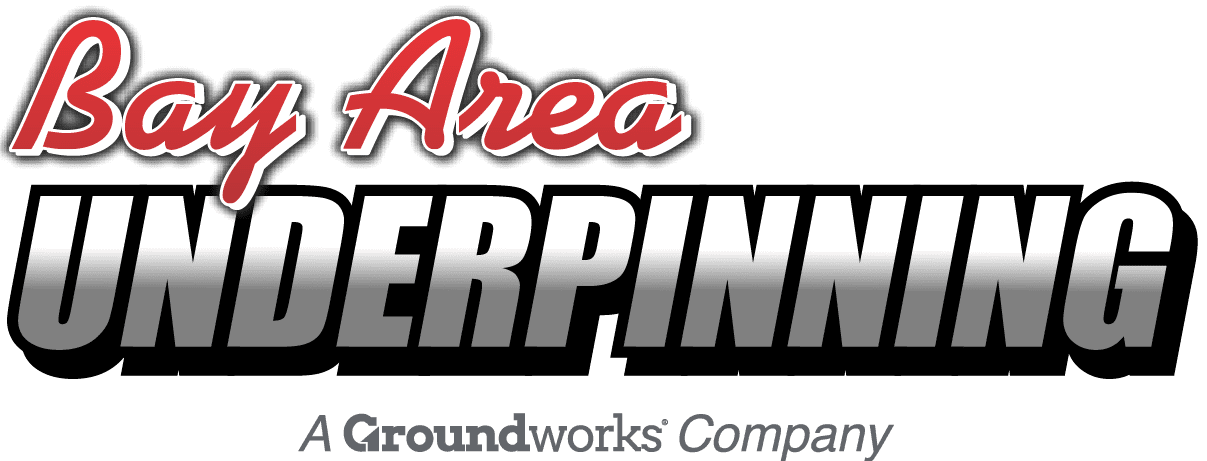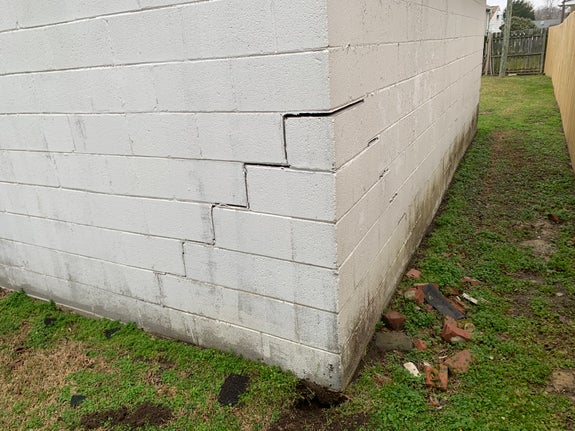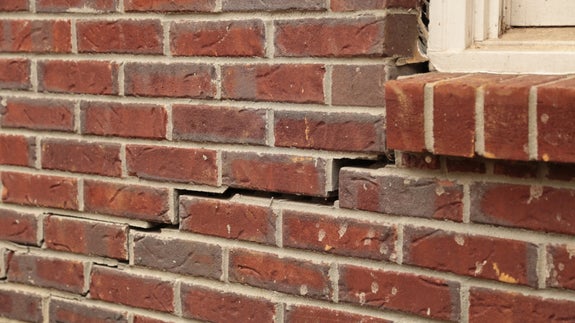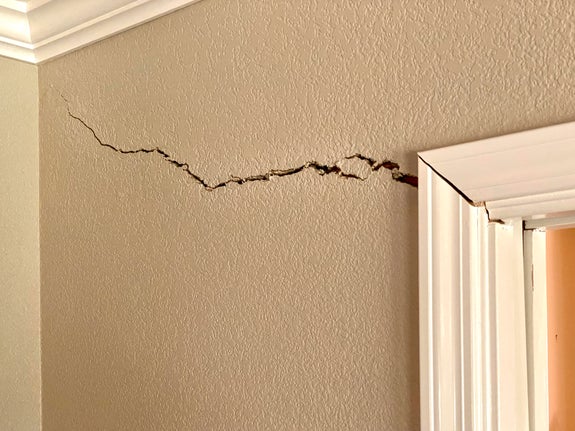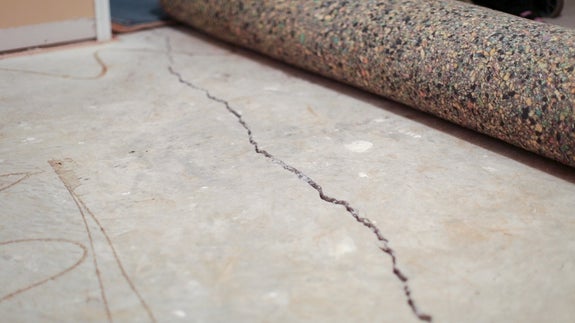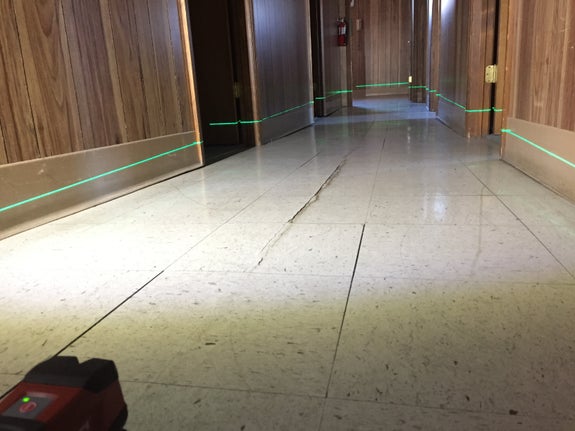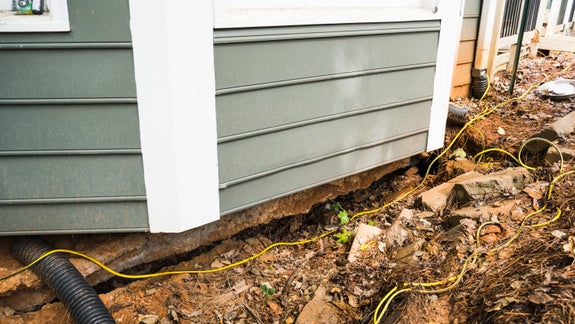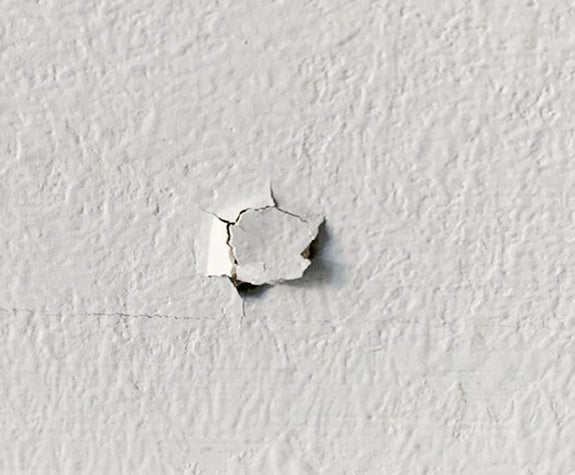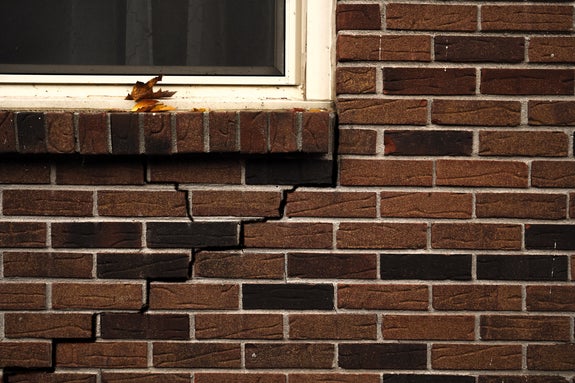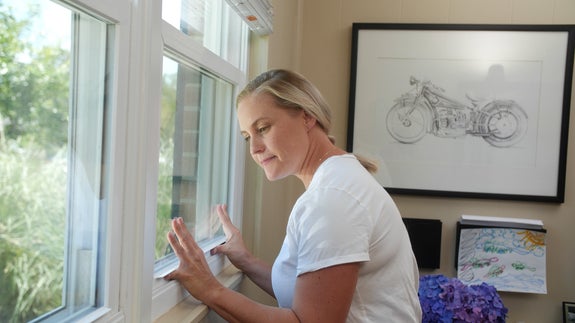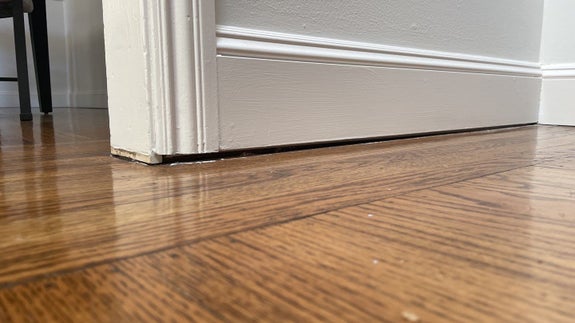Cracked Chimney
The charm of a fireplace adds warmth to any Bay Area home, but the sight of a cracked chimney can quickly dampen the spirit.
The issue of a cracked chimney, though common, is frequently ignored, posing a threat to your home’s structure and safety.
Bay Area Underpinning recognizes the importance of your home’s integrity. We are devoted to rectifying issues such as cracked chimneys with our exclusive foundation repair solutions and advanced methods.
By the end of this article, you’ll gain insights into the reasons for chimney cracks and the steps to rectify them, safeguarding your home’s stability and your family’s security.
Deciphering a Cracked Chimney
A cracked chimney is characterized by visible breaks or unseen fissures in the chimney’s brickwork or stone elements.
These cracks can appear in different chimney parts including the flue, the crown, or the chimney body itself, often most noticeable in the mortar joints. These issues extend beyond aesthetics, leading to severe complications like water infiltration, heating inefficiencies, and even structural instability.
Gaps or separation of bricks can exacerbate the problem, potentially causing the chimney to tilt or detach from the house.
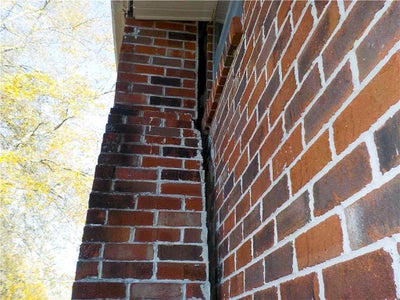
The Roots of Chimney Cracking
Cracked chimneys in the Bay Area often stem from foundation movement caused by soil inconsistency.
The Bay Area’s soil composition can be variable, with areas containing expansive soils that are highly reactive to moisture changes.
Several factors contribute to soil instability:
- Hydration and Weakening: Intense rains and seasonal changes can over-saturate the soil, diminishing its load-bearing capacity.
- Erosion: Persistent moisture can gradually wear away the soil’s foundation.
- Drying and Shrinking: During drier seasons, soil contraction can form gaps, leading to chimney settlement.
- Inadequate Soil Preparation: Insufficient compaction during initial construction can result in a weak support base for the chimney.
- Root Disruption: Aggressive tree roots can shift and unsettle the soil, disturbing the chimney’s foundation.
Chimneys, often built on different foundations than the rest of the home, are particularly vulnerable to these soil-related dilemmas, leading to noticeable cracking and separation from the home.
Is Chimney Crack Repair Possible?
Chimney cracks are repairable but require a comprehensive strategy.
Simple brick repointing or filler applications are only temporary and won’t address the underlying soil instability. The chimney may continue to shift, leading to recurring damage.
Bay Area Underpinning provides a systematic approach to this problem, pinpointing the root cause and applying specialized techniques for a lasting fix.
Understanding that each home is unique, we offer a range of tailored foundation repair options, including our trusted foundation pier systems.
Restoring a Cracked Chimney: A Step-by-Step Guide
Thorough Evaluation
Our professionals conduct a detailed inspection of your home and chimney, assessing the extent and specifics of the cracks and related damage.
Pier Installation
Optimal solutions for repairing a compromised chimney involve the installation of foundation piers, which provide lasting stabilization and may even elevate the chimney to its original placement. This corrective action often narrows the existing fractures and voids, although additional masonry work might be required to complete the repair.
The type of pier—helical or push—used is determined by the specific soil characteristics and the state of the chimney’s disrepair. For chimneys, which typically bear less weight, our unique SettleStop Helical Pier System is particularly suitable. The procedure is as follows:
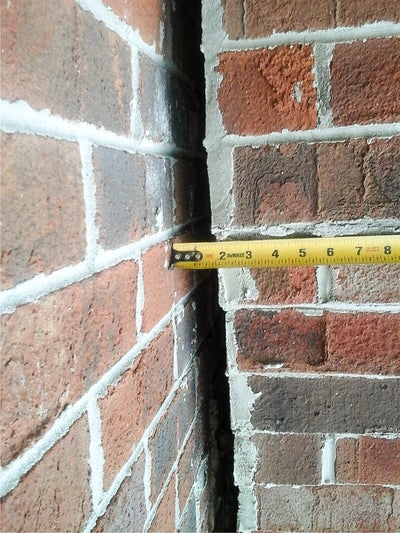
- Begin by removing the soil to expose the chimney’s base.
- Employ hydraulic machinery to drive the piers into the subsoil.
- Continuously gauge the pressure and insertion depth of the piers.
- Insert the helical piers into the earth until they anchor securely into stable strata or reach bedrock.
- Fix a robust metal bracket to the base to transfer the structural load.
- Embed tiny rivets into the brickwork to serve as reference points for future assessments.
- Replace the soil around the now stabilized chimney foundation.
Ongoing Inspections
Our service programs include annual inspections to ensure the piers maintain chimney stability. We use laser levels to check against benchmarks, confirming the effectiveness of the repair.
The Urgency of Chimney Repair
Postponing chimney repair can escalate the damage, leading to greater safety risks and more expensive repairs. Timely action can:
- Prevent Danger: A weakened chimney poses a risk of structural failure.
- Stop Water Damage: Cracks can let in moisture, hastening decay.
- Mitigate Fire Risk: A damaged chimney is a fire hazard.
- Save Money: Early repairs can be more cost-effective.
- Enhance Property Value: A well-maintained chimney boosts your home’s worth.
Bay Area Underpinning tackles chimney issues with proven, proprietary solutions designed for enduring repair and support.
Contact Bay Area Underpinning for Reliable Chimney Stabilization
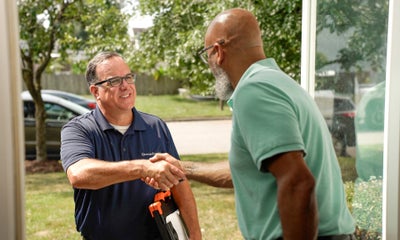


If you’re facing a cracked or leaning chimney, don’t delay repairs. Reach out to Bay Area Underpinning for expert assistance.We offer a complimentary inspection to assess your situation and suggest the most effective repair strategies. Rely on Bay Area Underpinning for all your chimney repairs.
FAQs
While minor cracks might seem manageable with a DIY approach, such fixes are often temporary and could lead to more complex issues. It’s safer and more cost-effective in the long run to consult with professionals. Bay Area Underpinning provides a no-cost inspection to assess and suggest a permanent repair solution.
Addressing a cracked chimney promptly is critical. Delay can lead to further damage, increased repair costs, and severe safety hazards, including the potential for a chimney collapse. If you notice any signs of chimney damage, such as cracks or leaning, it’s time to call Bay Area Underpinning.
Bay Area Underpinning utilizes a variety of repair methods tailored to your specific situation. Depending on the assessment of your chimney’s condition and the underlying soil, we may use helical piers or push piers to provide a stable foundation and prevent further movement or damage.
Publish Date:
Last Modified Date:
Explore more problem signs

Our Locations
2333 Courage Dr. Suite C
Fairfield, CA 94533
1161 N Fair Oaks Ave
Sunnyvale, CA 94089
